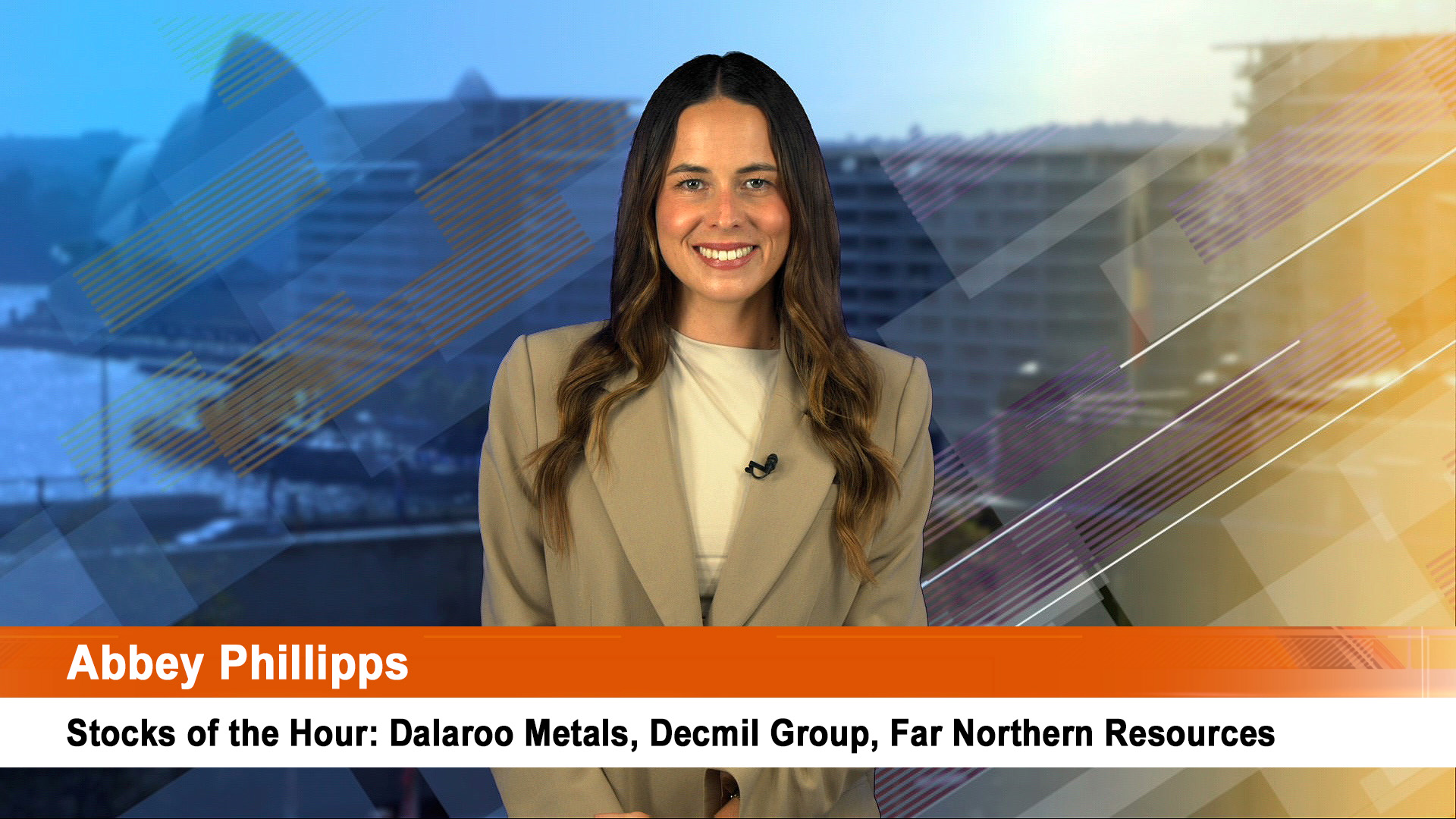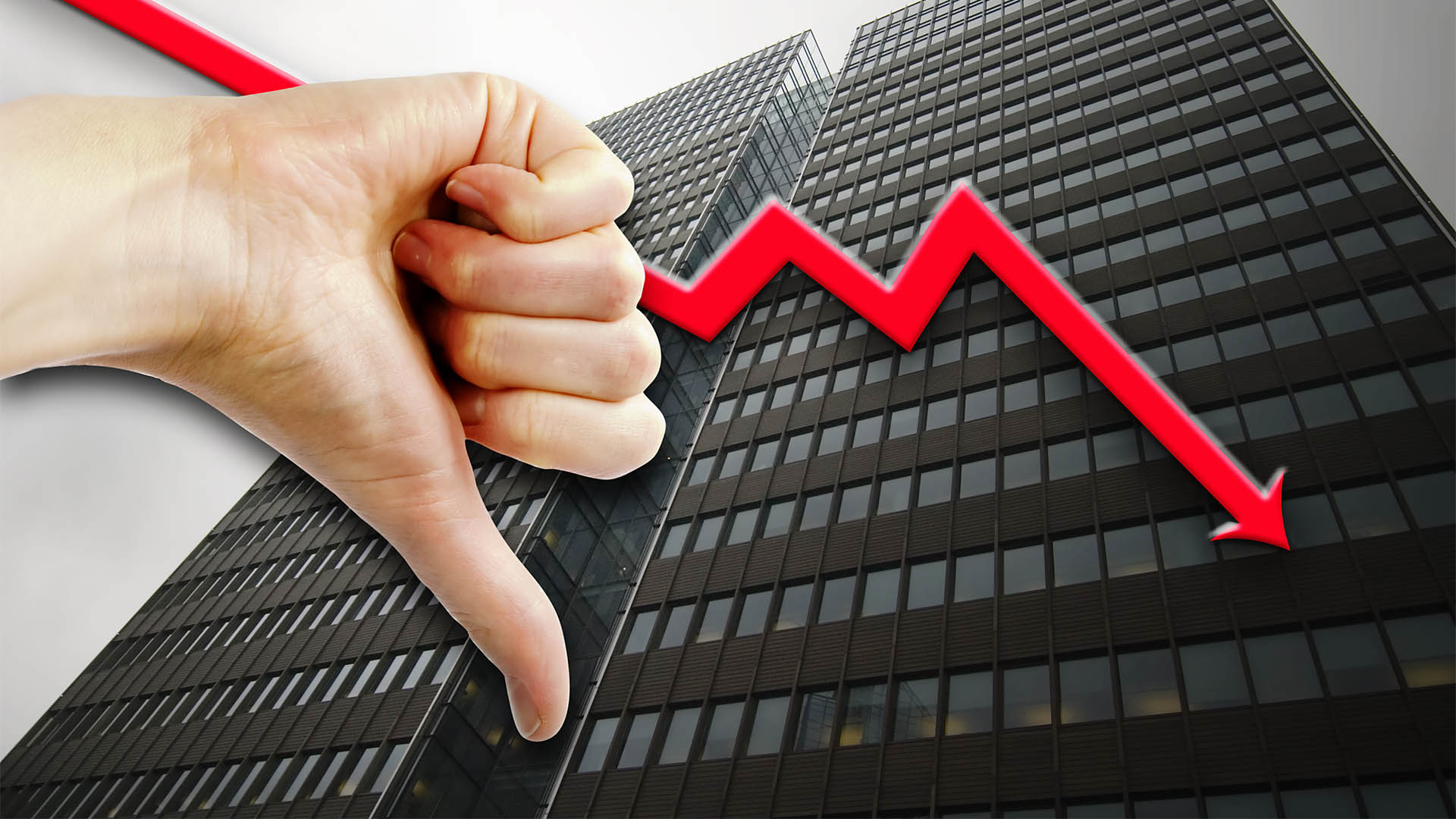Global iron ore prices are approaching $US70 a tonne for the first time in six months – despite the prices of other commodities such as metals led by copper sliding.
The continuing closure of surplus steel mills and associated production and the latest round of anti-pollution measures now and for the northern winter have seen Chinese mills chase more and more high grade ore from Australia and Brazil.
That’s ore with a minimum content of 62% iron oxide. That’s the typeof ore BHP, Rio and Vale of Brazil produce. Fortescue doesn’t its ore content is around 58% but it is looking to lift that to 60% with a new mine, while Gina Rinehart’s Roy Hill mine produces 55% fe ore and is losing ground in China.
This demand for higher grade ore (it yields more ore per tonne than does lower grade ore) and takes less processing and creates less pollution. 65% ore has been selling for close to $US80 a tonne and more.
While copper prices are down more than 18% since early June iron ore prices have risen from just over $US62 a tonne in northern China at the start of last month to just under $US70 a tonne according to S&P Global Platts and the Metal Bulletin pricing indexes.
That’s a rise of 11% and it looks like iron ore is resisting the worries surrounding a slowing level of activity in the Chinese economy and the fall out from the Trump trade war.
Analysts say Chinese production is running at near record levels of around 80 million tonnes a month (there’s a July production update due next week), while growth in iron ore supply from the two main sources – Australia and Brazil has stopped – Brazil will see a fall after the closure of a mine by Anglo American.
Iron ore imports fell by 1.6% in the first half of the year to 530.7 million tonnes.
Australian exports are forecast to grow by just 16 million tonnes this year with BHP, Rio and Fortescue ending previous expansion campaigns, but still developing new mines that won’t be on stream for another year or more.
According to Fitch ratings estimates China has eliminated 260 million tonnes of steel capacity, helping to tighten the market and put a floor under prices. Capacity utilisation has increased to above 85% cent, from 70% to 75% as a result of these closures (which is around the global average according to the International Iron and Steel Association) meaning more profitable producers.
Short term Chinese steel prices have rebounded from a dip in June and July and rebar (reinforcing bar) prices hit six year highs on Tuesday on power cuts in Hebei province (a major steel producing region).
As well production cuts have been enforced in several other cities in northern and north eastern China to reduce pollution and the winter heating season cuts (from mid November to mid March) have been announced and will further restrict output, so steel mills have ramped up production levels to produce enough steel for the next few months and avoid shortages in winter.
Chinese domestic iron ore production has fallen from around 400 million tonnes a few years ago to an estimated 240 million tonnes today because of a crack down on unsafe mining and the forced closure of older mines producing low grade ore which is unwanted by local mills.












